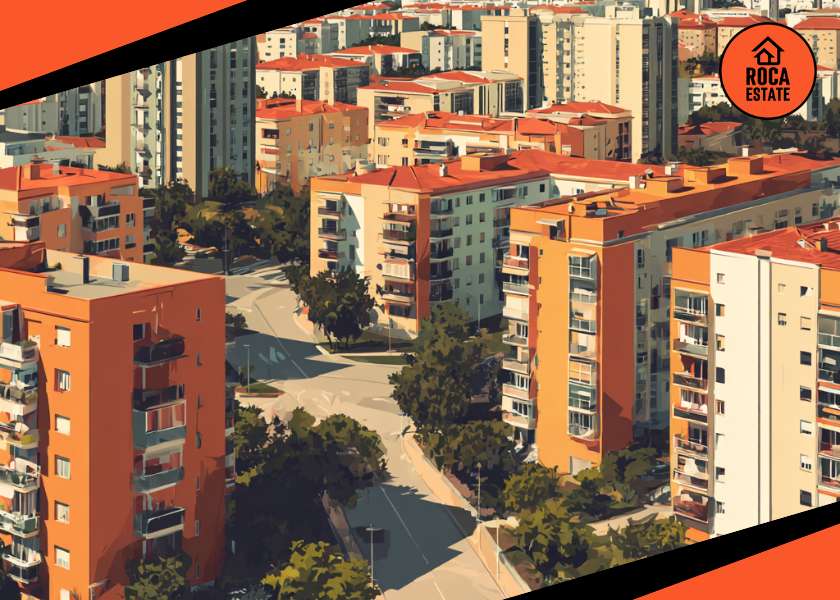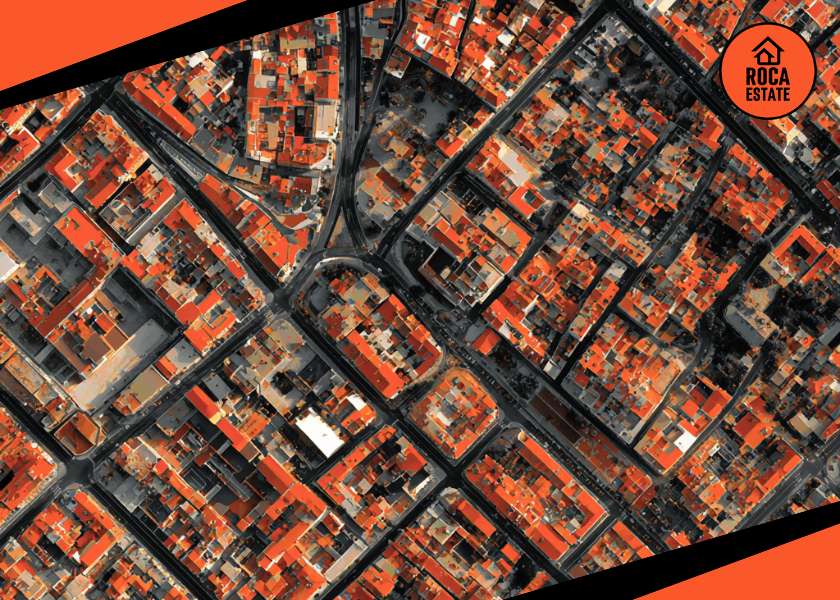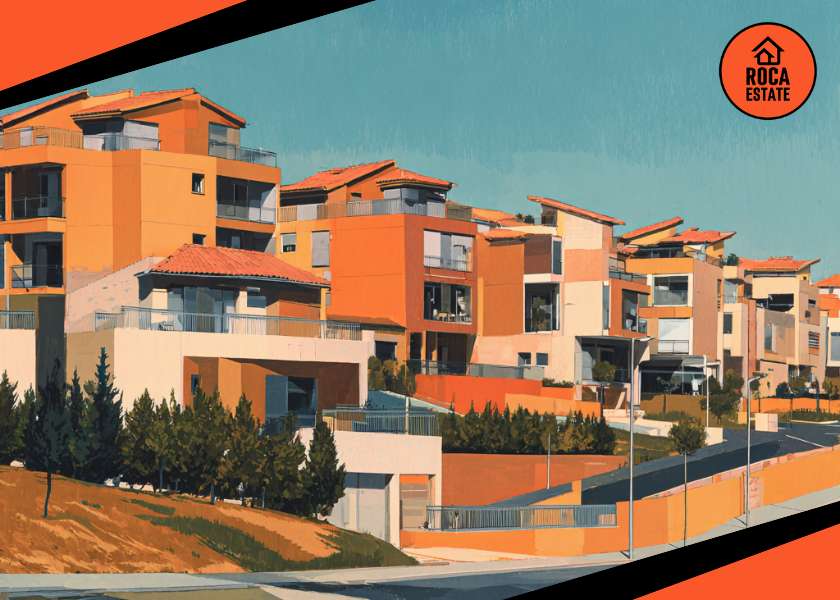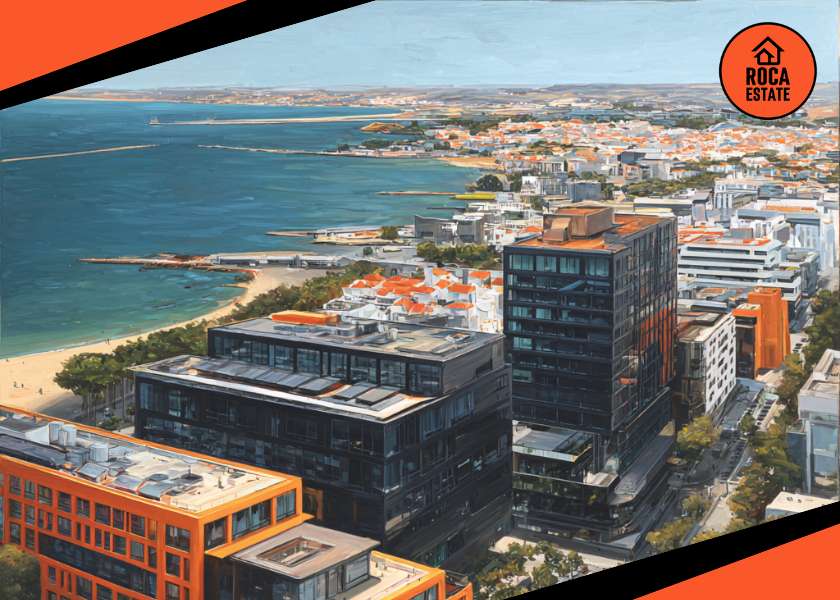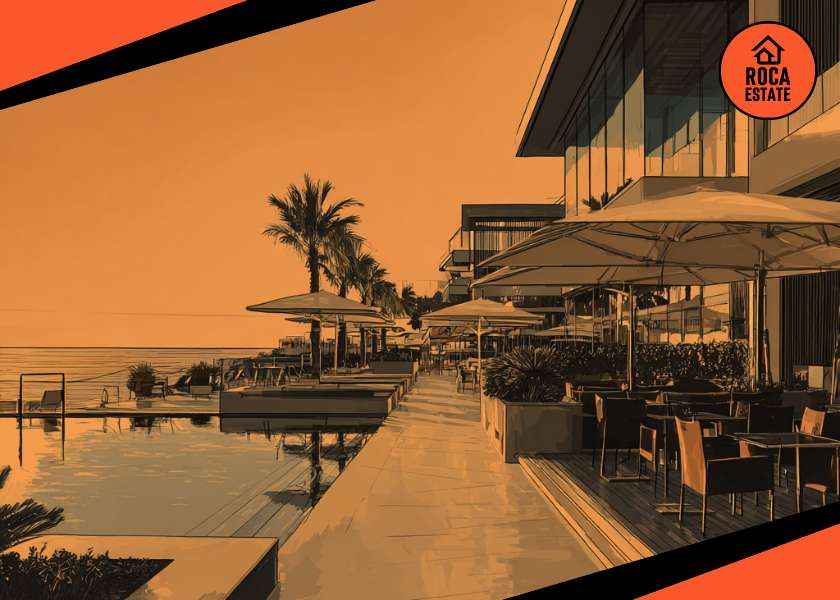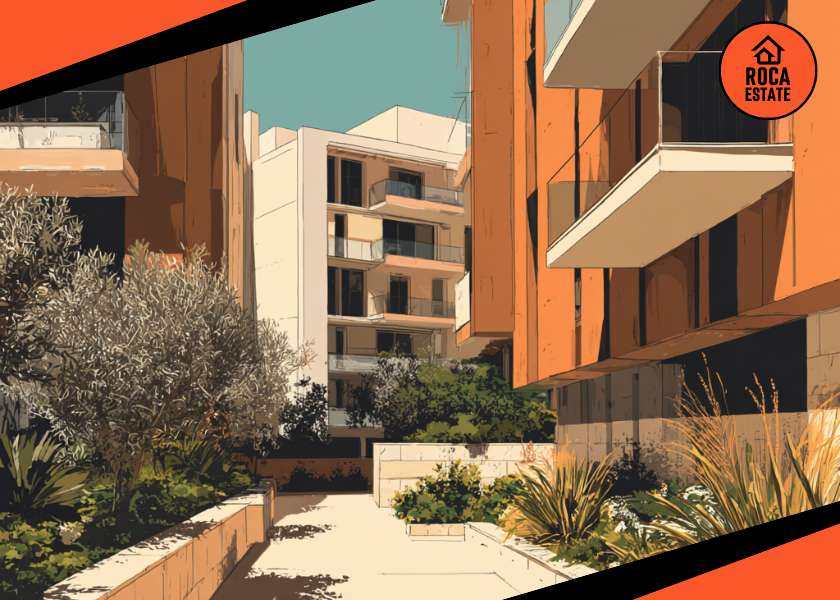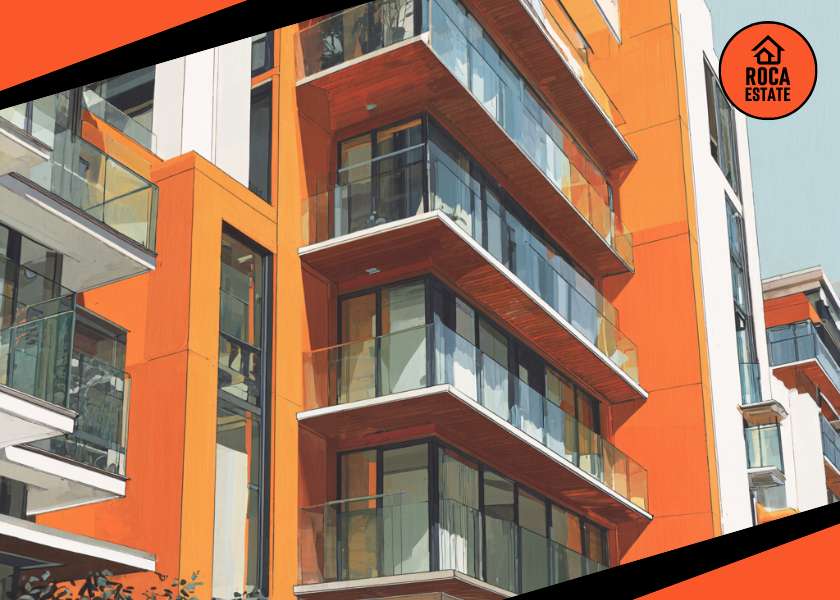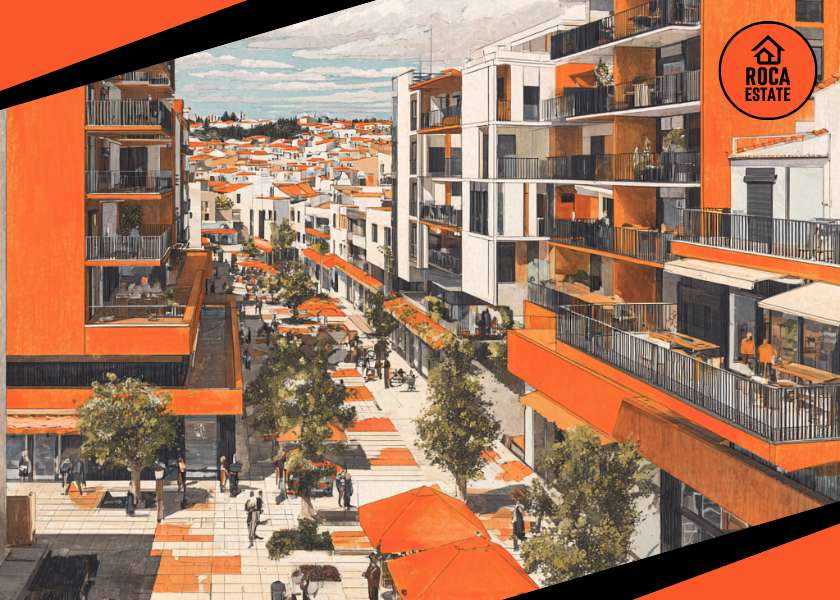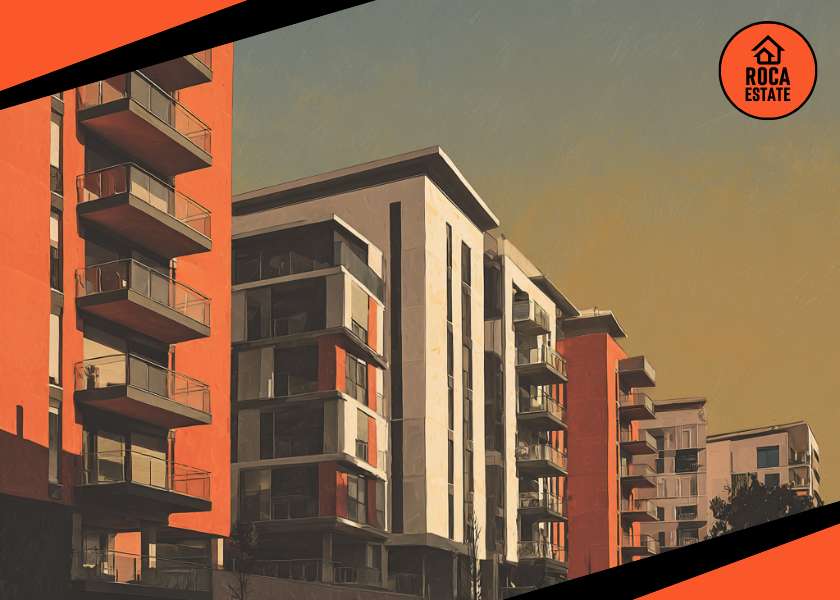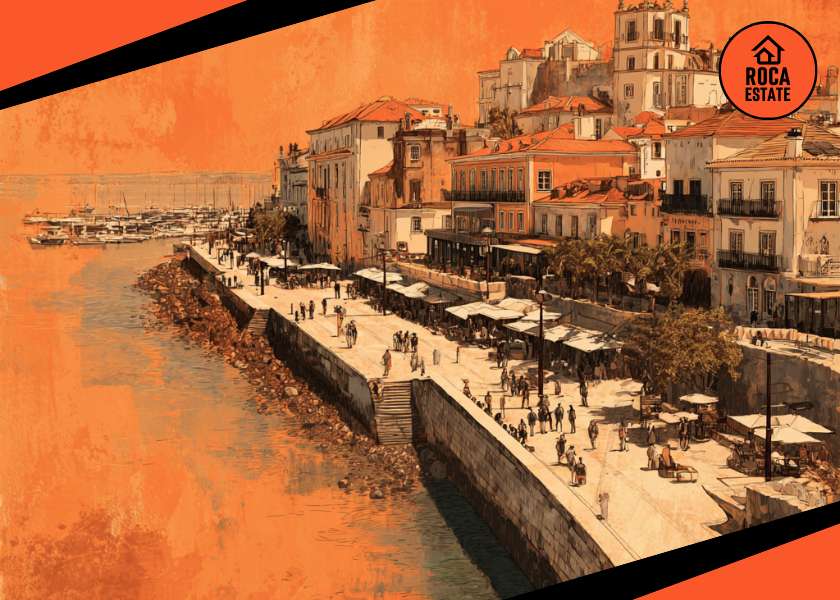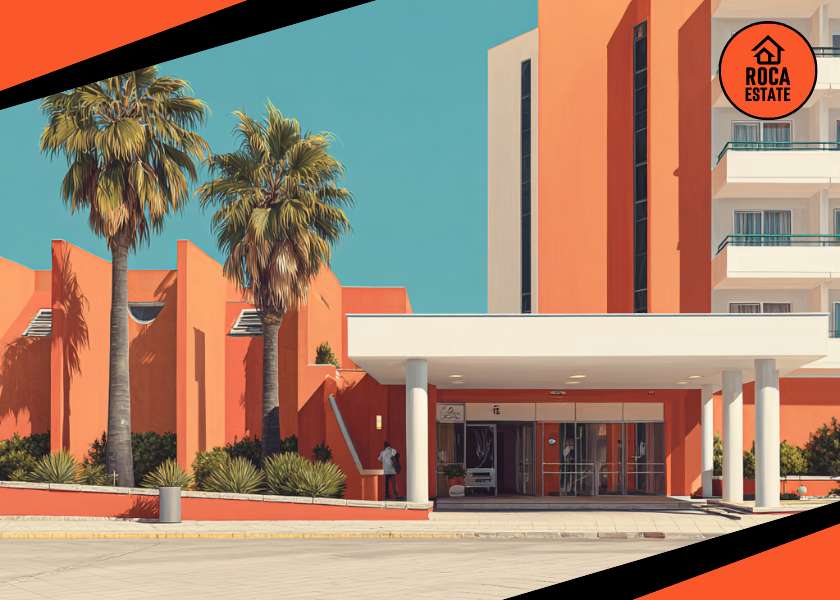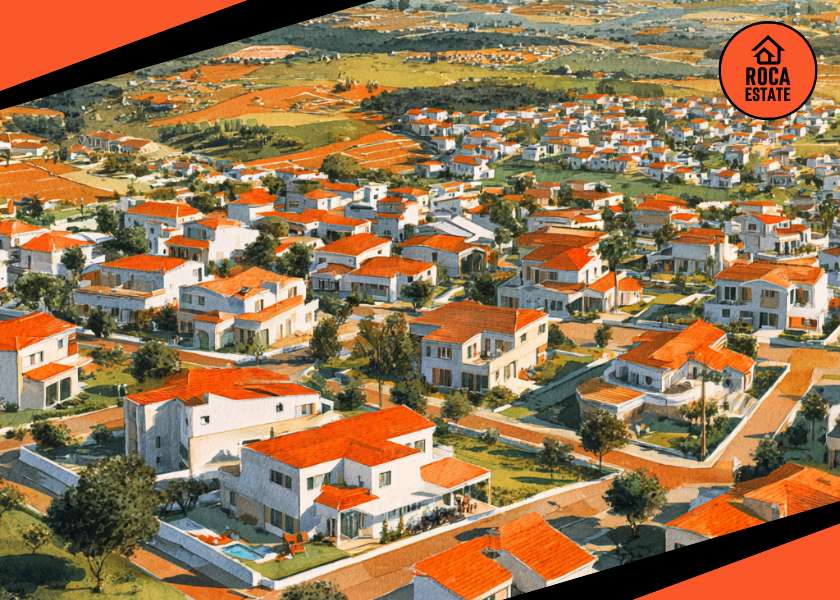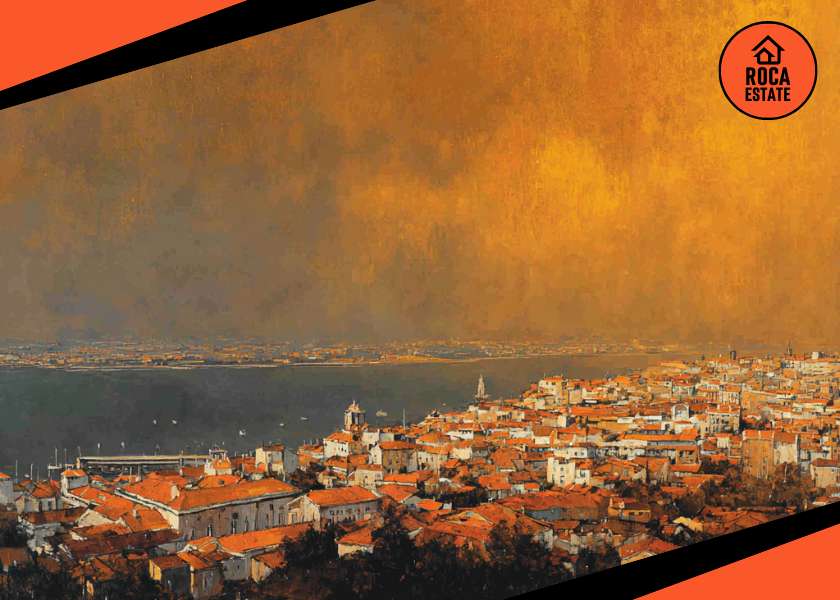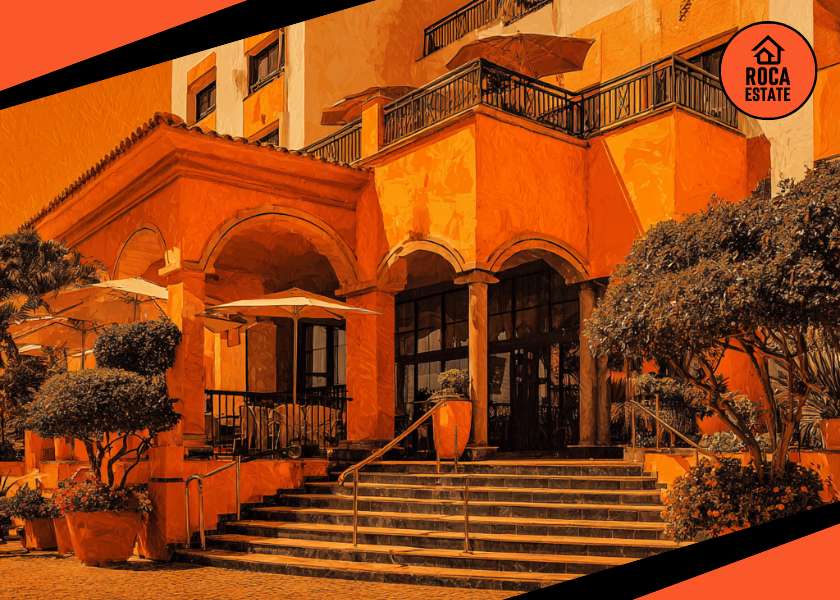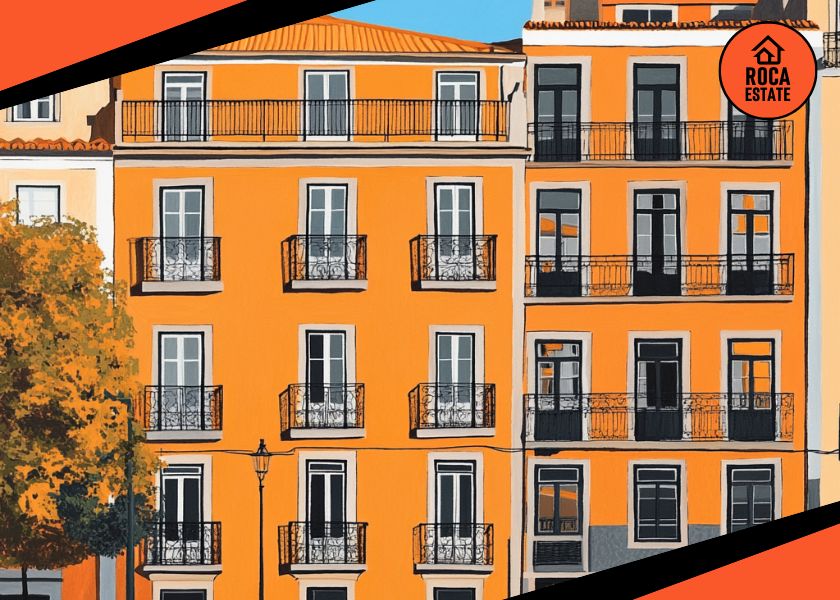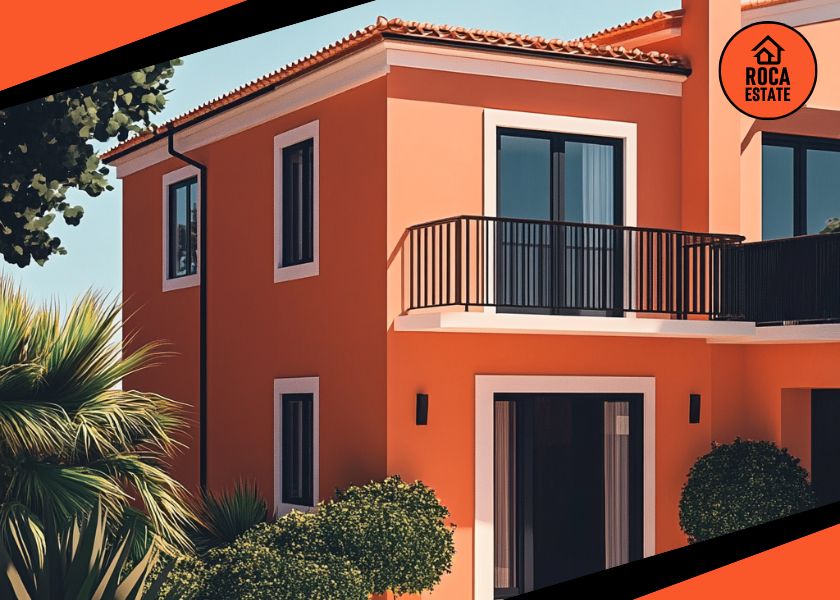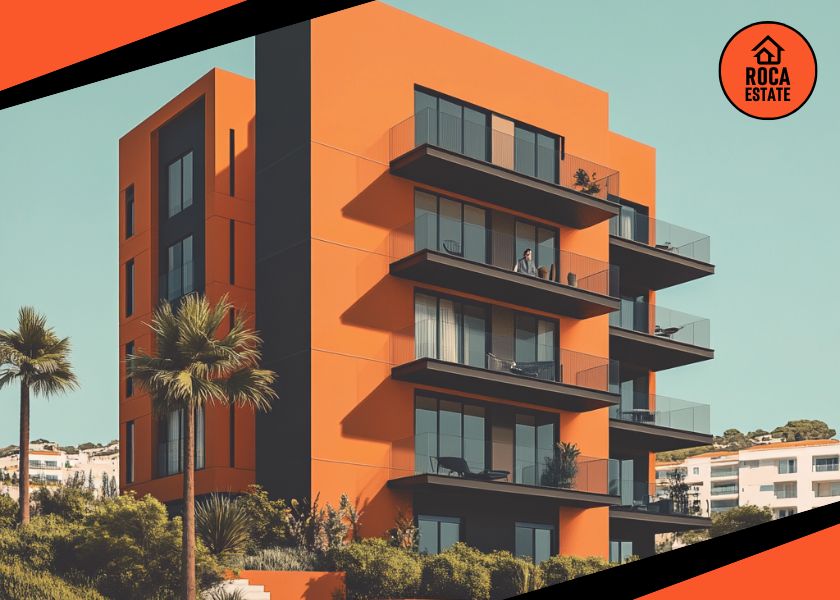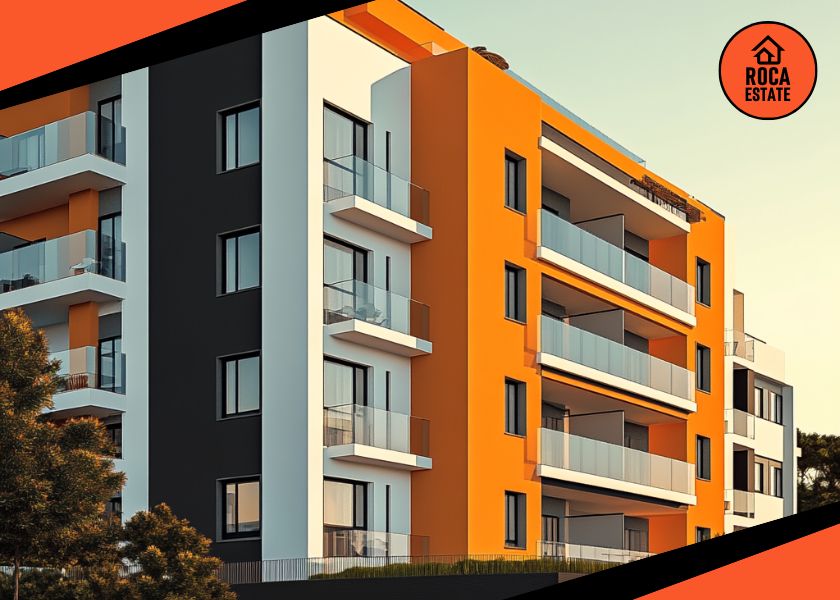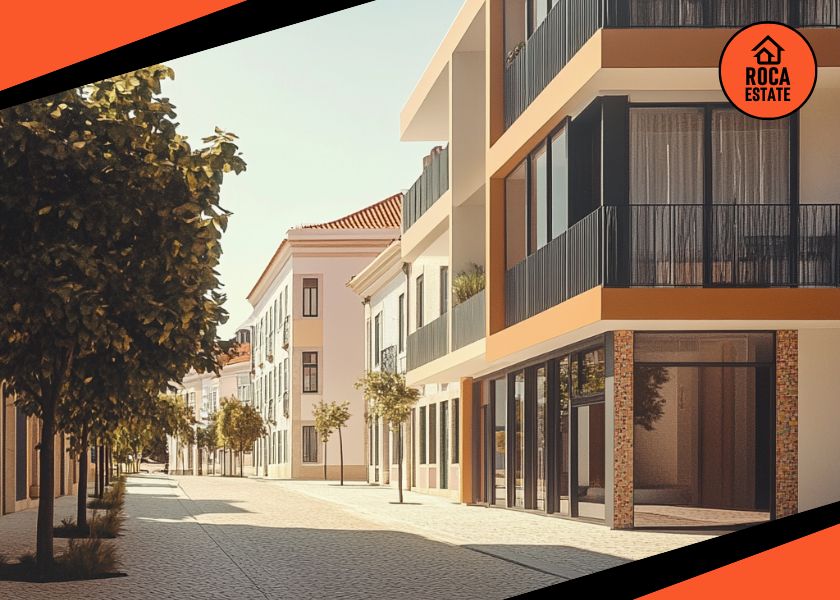June 2025 Investment Briefing: What Real Estate Investors Need to Know
The latest performance indicators from Portugal’s tourism sector provide valuable signals for the Portuguese commercial real estate market. June 2025 saw steady year-on-year growth in both tourist volume and revenue, with 3.1 million guests generating over 8.1 million overnight stays and €751.8 million in total revenue. While the headline figures remain strong, a closer examination of regional and market-specific trends reveals meaningful shifts in demand composition — especially between domestic and international segments — that have direct implications for real estate investment strategies.
For investors evaluating opportunities in hospitality-linked assets, the data points to a more segmented and maturing market. Demand is expanding unevenly across regions, and source markets are shifting in response to macroeconomic and geopolitical factors. Meanwhile, revenue metrics like RevPAR and ADR continue to rise, but at a decelerating pace — raising questions about future pricing power and occupancy ceilings. As the Portuguese commercial real estate market enters a new phase, capital deployment decisions must increasingly balance yield expectations with diversification, resilience, and adaptability to shifting traveler behavior.
Domestic Demand Steadies the Market as International Growth Cools
Portuguese residents accounted for 2.4 million overnight stays, up 5.8% from last year. This strong internal demand offset a softer recovery in foreign tourism, which posted a 2.0% rise following a flat performance in May. Notably, French and Brazilian markets declined sharply (-8.2% and -7.5%), while Germany (+9.0%) and Canada (+7.7%) posted solid gains.
A diversified demand base is now critical. Properties that historically depended on a handful of international source markets — especially those now shrinking — face downside exposure. Investors should prioritize assets and operators capable of attracting a broader mix of guests, particularly domestic and North American travelers.
Emerging Regional Trends Create New Investment Angles
The Alentejo (+9.6%) and Northern Portugal (+6.6%) led regional growth in overnight stays, while traditional strongholds like Greater Lisbon (+0.1%) and the Azores (+0.7%) posted weak results. The Algarve remains the largest market by volume (29.4% of total stays), but growth is cooling.
Madeira stands out across multiple indicators — RevPAR (+17.2%), ADR (+14.1%), and overall revenue (+20.0%) — even as it faces minor dips in foreign visits.
The Portuguese commercial real estate market is decentralizing. The strongest near-term returns may come from regions often overlooked in institutional strategies. Properties in Madeira, Alentejo, and the North present an attractive combination of rising demand, growing yields, and moderate competition.
Yield Metrics Hold, but Signs of Plateauing Emerge
June’s average RevPAR across the country hit €89.5 (+5.4%), while ADR climbed to €137.4 (+4.9%). However, both indicators saw slightly lower growth rates compared to May. Occupancy rates per room and per bed nudged upward (65.1% and 54.8%, respectively), suggesting revenue increases are being driven more by pricing than volume.
While yields remain favorable, the Portuguese commercial real estate market may be entering a slower growth phase. This is particularly relevant for hotel and short-term rental assets that have benefited from strong pricing power in recent quarters. New acquisitions should be underwritten with conservative rent and rate growth assumptions.
Submarket Movements: From Core Saturation to Periphery Upside
In Lisbon and Albufeira — the top two municipalities by overnight stays — growth stagnated. Conversely, smaller coastal cities like Lagos (+9.6%) and Portimão (+8.2%) are showing strong performance, particularly among Portuguese residents.
The center of gravity within the Portuguese commercial real estate market is gradually shifting. Investors chasing yield should consider second-tier cities that are gaining favor among domestic travelers and digital nomads, especially where development pipelines remain thin.
What Investors Should Monitor Moving Forward
- Changing Source Market Dynamics: Look for sustained growth from North America and Germany. Declines in France and Brazil warrant caution in related demand modeling.
- Regional Growth Outliers: Madeira, the North, and Alentejo are outperforming. These markets may offer better return profiles than saturated urban centers.
- Pricing vs. Volume: Watch for pressure on ADR growth. Slower demand could constrain future pricing flexibility, especially in oversupplied areas.
- Policy and Zoning Evolution: Changes in regional planning and tourism regulation could impact development rights and operating models, particularly in Lisbon and coastal zones.
Conclusion: Cautious Allocation with Focus on Fundamentals
The Portuguese commercial real estate market remains fundamentally strong but is showing signs of segmentation. Investors should avoid overreliance on past performance in traditional tourist hubs and focus on regions and assets with clear demand growth, diversified visitor profiles, and pricing resilience.
As the cycle matures, smart capital will favor flexibility, data-backed site selection, and operators with proven ability to adapt. Risk-adjusted strategies — rather than yield chasing — will determine who captures the next wave of growth.
For tailored insights and strategic guidance on navigating the Portuguese commercial real estate market, connect with the experts at Roca Estate — your partner in data-driven real estate investment.

